Are you struggling with creating YouTube content that helps your business? Want a better way to make content that converts?
In this article, you’ll discover some of the most common mistakes people make on YouTube and how to create better content for your audience.
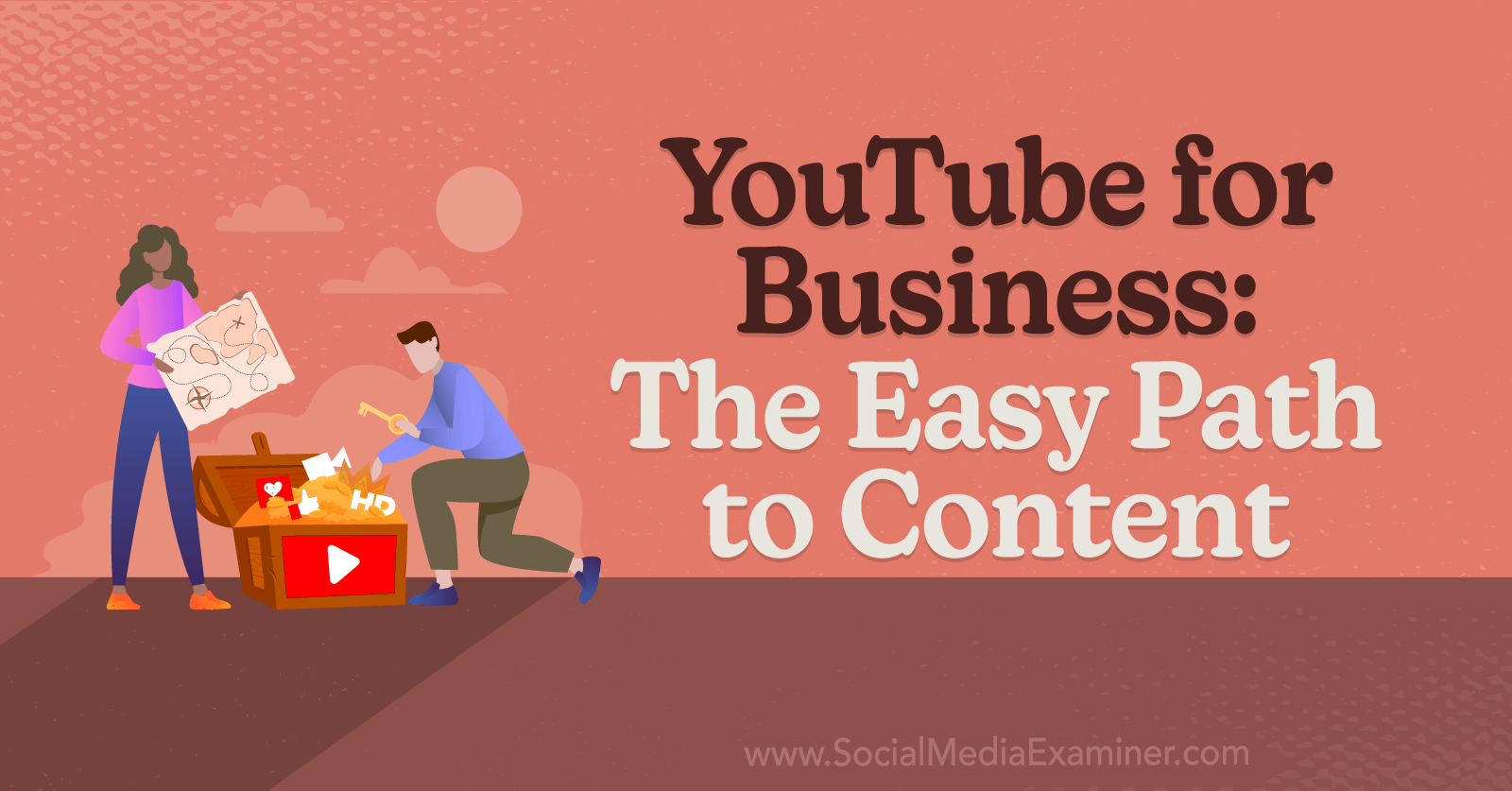
Why Your Business Needs to Be on YouTube
YouTube offers your business several advantages over every other social platform.
Number one, your content lives forever. The content you make right now will live for years on YouTube, providing a long-term opportunity to get in front of new audiences. As long as the topic is evergreen, it can help you generate leads, make money, and get newsletter signups to sell your products for years to come.
With every other platform—Instagram, TikTok, LinkedIn, Facebook—your content is gone after a week so you're constantly on this hamster wheel of making content. If you stop, you become irrelevant. But on YouTube, your content has longevity.
Additionally, YouTube will pay you to publish content on their platform. In addition to helping you build your brand authority and generate sales, YouTube itself can become a stream of revenue. And YouTube has the best revenue-sharing program of all the platforms, which is why a lot of creators are there.
YouTube also gives you the best analytics data to repurpose your content for other platforms. In fact, if you're struggling with the idea of adding yet another platform to your marketing strategy, you can think about it this way: start with long-form video content on YouTube and cut up the best parts to publish to your other platforms.
YouTube as a platform loves long-form content, and people who come to YouTube love to watch long content. If you think about it from YouTube's perspective, they want people to stay on the platform for as long as possible. That's the goal of any social platform. If you're making long-form videos on YouTube, they reward you. And the viewers who come to YouTube want to learn. They see it as an education platform. So long-form content is a win-win.
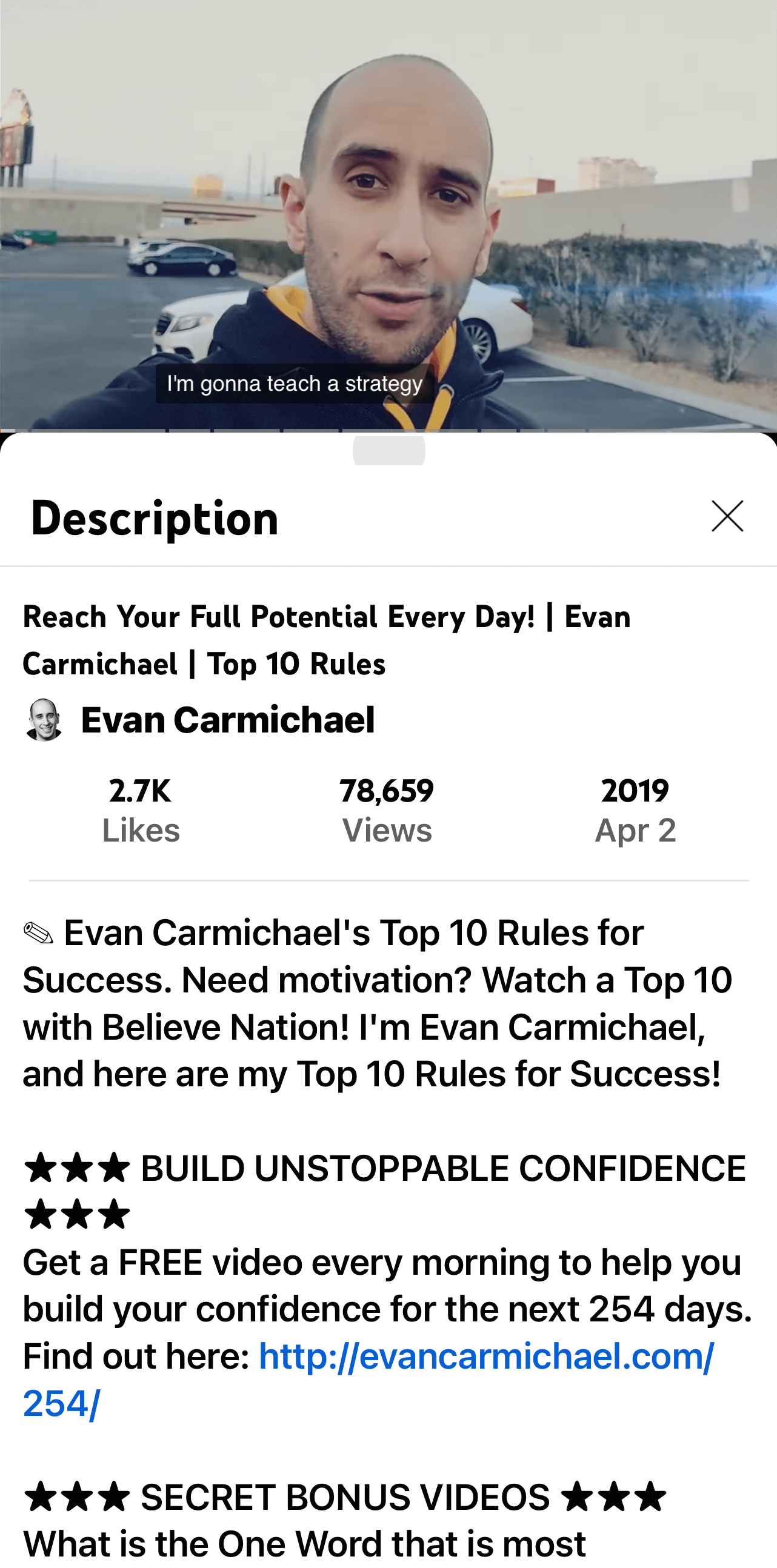
If you're not already on YouTube, it's not too late. Whatever you're an expert at, go to YouTube and search for what you think your customers would ask. See what's showing up. You'll probably discover that there's not a lot of stuff there and the people who are making it probably don't know as much about the subject matter as you do. There's a giant demand for knowledge on YouTube and there's very little quality supply.
Whether you already have a YouTube channel or are just getting started, here are some tips to create quality YouTube content and avoid some common mistakes other businesses make.
#1: Create YouTube Content That Leads People to a Sale
Simply making videos that people want to watch won't necessarily help you grow your business on YouTube. Before you start creating any kind of content for the platform, think about what you're trying to sell and how your videos will convince your viewer to buy what you're selling.
This is the step that most businesses skip when it comes to YouTube content. They jump straight into creating the content they think will get them views because someone told them about a strategy they think will work. But they never stop to consider what their end goal actually is nor how their content will lead them there.
Sit down and really think about what you sell and what the best way to demonstrate it would be. If you're a consultant or coach, for example, you're selling your expertise. You coach people through the process of improving their marketing. So a video about “8 Ways to Improve Your Marketing” might sound like a good move. The problem with that is people need to see you coaching. Whatever you want to sell, you need to show people the process of you doing it.
If you're a coach, demonstrate your coaching. Build it into your program to record some of your sessions for public marketing use. This could be especially valuable if you run a group coaching program and don't often have room available for one-on-one coaching. This could be an offer you make to sign up for individual coaching, possibly at a discounted rate, that would be recorded and used as public content.
Get World-Class Marketing Training — All Year Long!
Are you facing doubt, uncertainty, or overwhelm? The Social Media Marketing Society can help.
Each month, you’ll receive training from trusted marketing experts, covering everything from AI to organic social marketing. When you join, you’ll also get immediate access to:
- A library of 100+ marketing trainings
- A community of like-minded marketers
- Monthly online community meetups
- Relevant news and trends updates
You get a video that you can use on YouTube or possibly repurpose for other platforms, and in exchange, they get one-on-one help from you that they wouldn't normally have access to.
#2: Focus on Long-Form Evergreen Content on YouTube
Creating content for YouTube requires a different approach than other social media channels. With YouTube, you want to focus on making content that people will still want to watch 5 years from now. It should be entry-level educational material, not advanced stuff. To get the advanced stuff, people need to hire you.
Long-form content works incredibly well on YouTube. The 1- to 3-hour category is the single biggest growth category inside education on YouTube. This is a very different expectation from users than when they go to other social platforms. So if you're accustomed to creating bite-sized, snackable content for platforms like Instagram and TikTok, this will require a shift in mindset. Recognize that YouTube is just a different beast.
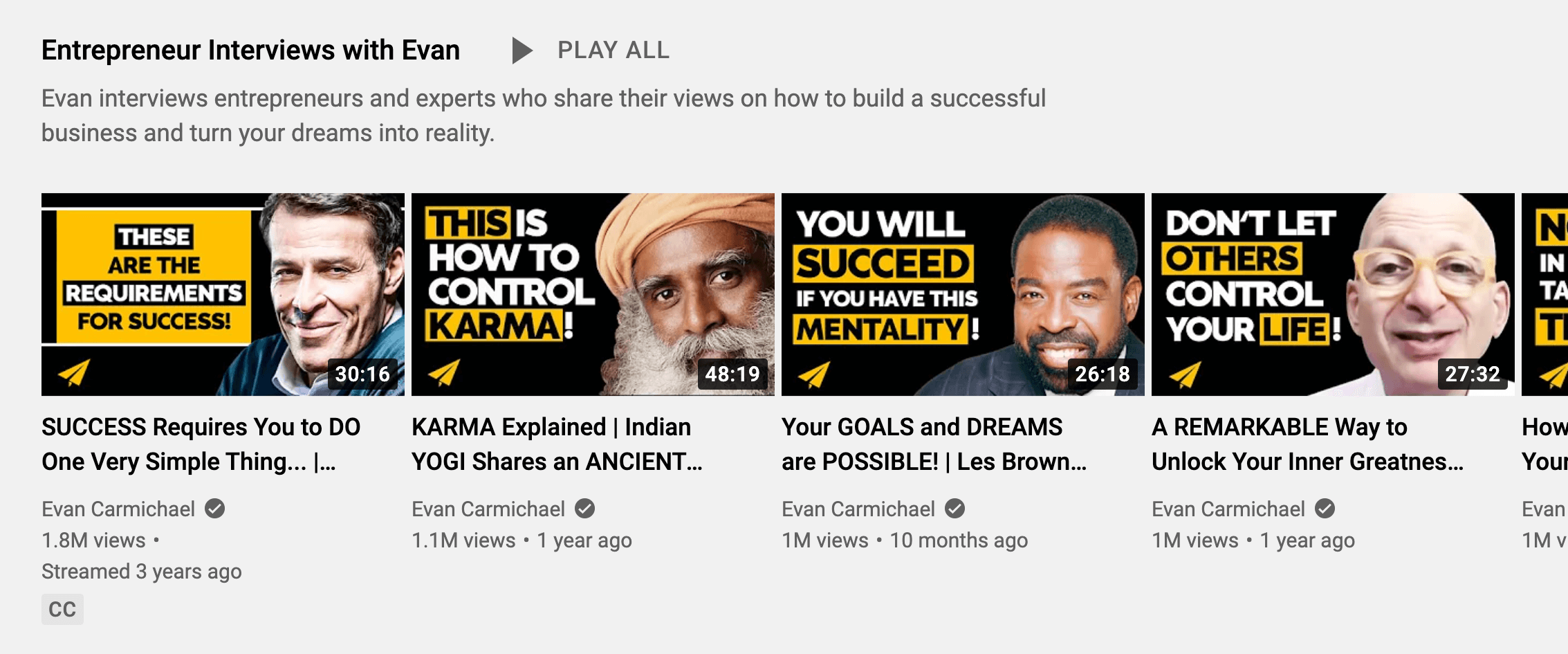
When you're creating longer-form content for YouTube, the first minute still matters a lot. Everything you've learned as a marketer to capture attention—your headline and subheads, and newsletter subject line—still matters for the first minute.
The opening of your video has to hook the viewer in. This isn't new marketing language or terminology. You need a hook to make people want to continue reading down your landing page, or in this case, continue watching.
Don't start your video with a long introduction welcoming people back to your channel. You might think it's polite and helpful, but most of the time, no one cares. People come to YouTube to find an answer, and if you're not jumping into the answer, they're clicking out of your video to find another video that will give them an answer.
Remember, most of your viewers on YouTube are seeing you for the first time. All of the work you put into crafting the perfect title and thumbnail, along with choosing the perfect keywords, will be wasted if no one is sticking around to watch the video.

Discover Proven Marketing Strategies and Tips
Want to go even deeper with your marketing? Check out the Social Media Marketing Podcast! Publishing weekly since 2012, the Social Media Marketing Podcast helps you navigate the constantly changing marketing jungle, with expert interviews from marketing pros.
But don’t let the name fool you. This show is about a lot more than just social media marketing. With over 600 episodes and millions of downloads each year, this show has been a trusted source for marketers for well over a decade.
Instead of a long introduction and a welcome back, add a strong hook that pulls people in right away. If you're interviewing a guest, sometimes the beginning of the interview might be a little bit awkward as you have to introduce the guest. To get around this, find a segment within the interview that's especially entertaining and place that at the very beginning as a preview along with the promise to see that and more through the rest of the interview.
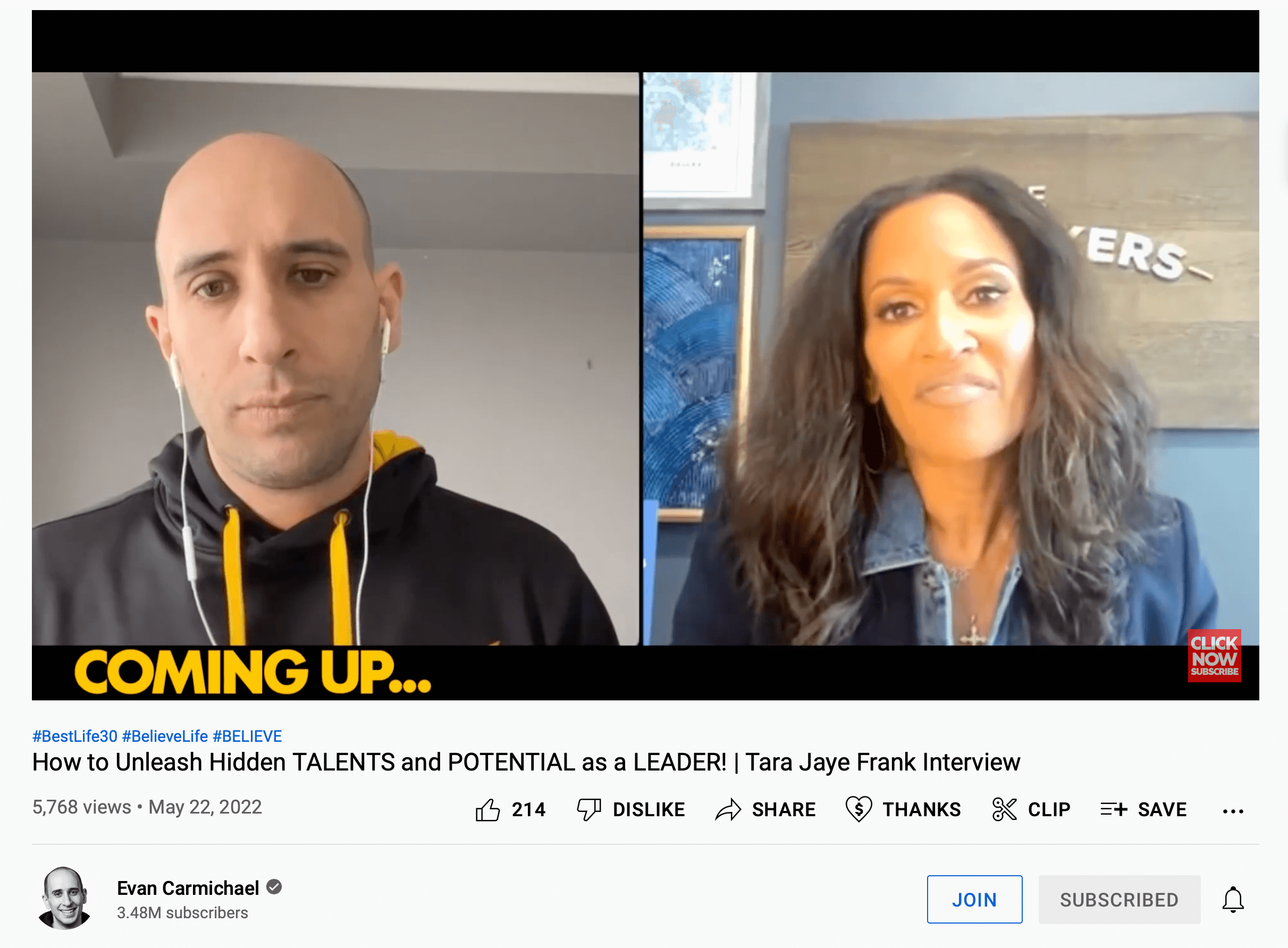
When viewers see that you know what you're talking about, they can make that personal connection with you. Hopefully, you'll build the all-important know, like, and trust factor and make them want to do business with you.
Pro Tip: It's important to create content that you enjoy creating. Don't get caught up in trying to look a certain way or present a topic a particular way because you believe that's what will get you views. If it's not the type of content that you enjoy making—if it feels burdensome and overwhelming—then you won't be consistent with it, you'll burn out, and eventually your channel will suffer for it. Instead, find an approach that works for you so you'll be more likely to stick with it over time.
#3: Demonstrate Your Expertise on YouTube
Once you've kept viewers watching for a minute, they'll stay with you as long as you're still providing value. You have to do something incredibly wrong to lose people and see a sharp drop.
One of the things we already talked about is to show your viewers what you do. If you're a speaker, show you speaking. If you're an event host, show your viewers footage of you hosting an event.
Record Direct-to-Camera Video
If you're speaking direct to camera, use the perfect thought leadership template:
- Lead with a powerful opinion, something you believe but that other people don't believe or would find surprising or shocking.
- Provide a little more context; think of the subheading to your headline.
- Now raise the stakes a little. If you don't fix it today, what's going to happen? Make it more important.
- Then tell a story. It can be your story, someone else's story, a client story, a news cycle story, but some kind of story that leads up to the teaching.
- Finally, do what you know best and teach.
The entire lead-up—the powerful opinion, the context, raising the stakes—can be done in a single sentence. The story you share should also be quick, like in one or two sentences. These elements help invoke an emotional buy-in from the viewer and make them care about watching the video and what you're teaching.
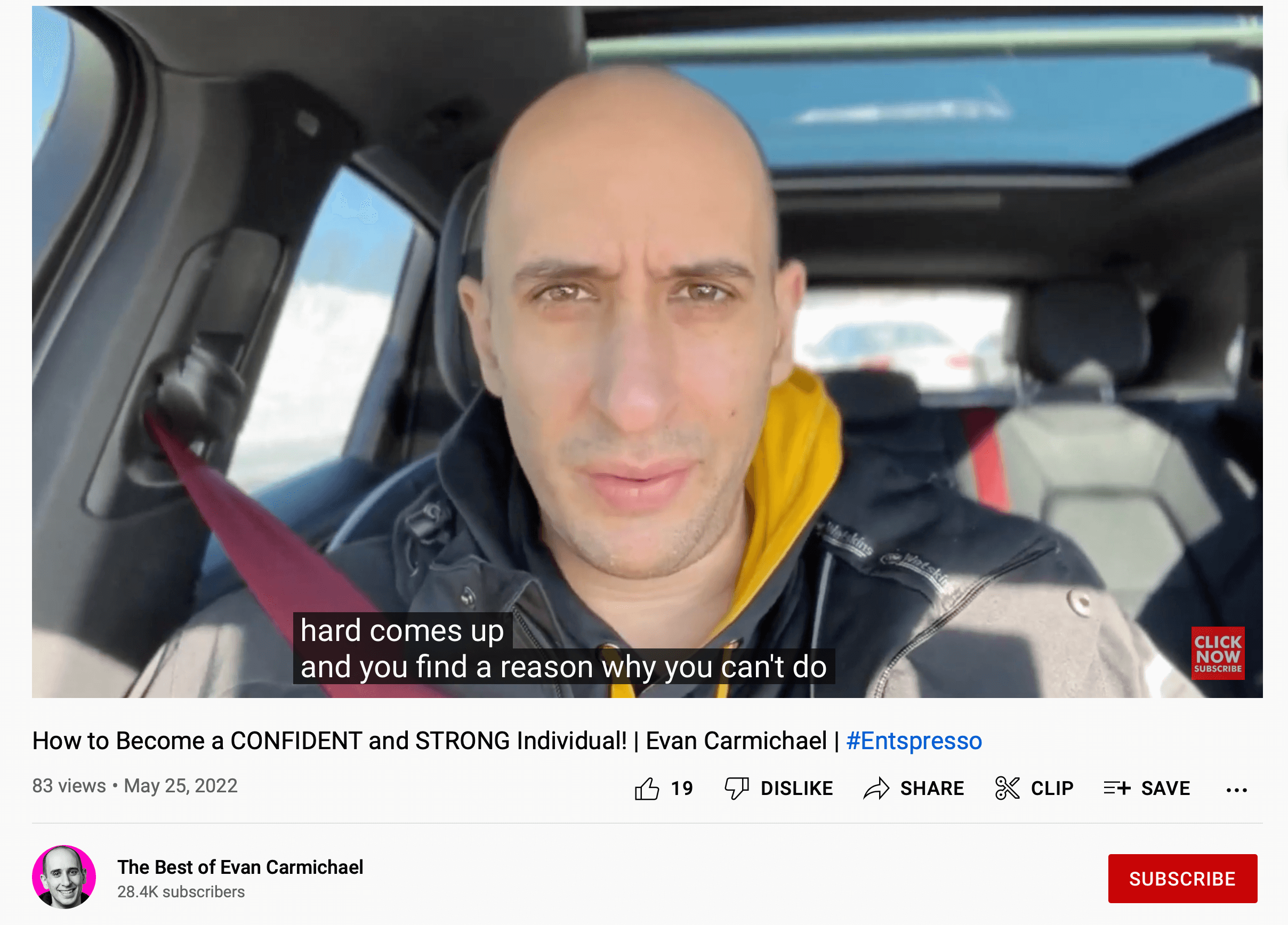
Inside the lesson itself, as you're teaching, slip in your free offer or your lead magnet wherever it feels most natural. If it's related to the content you're teaching and feels more like a value-add rather than an ad, that's even better.
You don't want to place the lead magnet at the beginning of the video because people will skip it or bounce right out of the video to find something else they want to watch. They don't know you yet and haven't gone through the emotional buy-in to care. If you wait until the end of the video to make your offer, it becomes closing language and it signals to them that the video is over and they can leave.
Bring on a Guest
If you don't know enough to talk for 20 minutes without constantly repeating yourself, consider bringing on another person to add to the conversion. But remember that you still need to give viewers a reason to hire you.
For those selling coaching, one of the hardest things to do is direct to camera. When they get in front of a camera in a studio and press record, they find it difficult to be eloquent and not nervous. This makes sense because their goal is not to be a speaker. Their goal is to be a coach.
People aren't going to hire you to be their coach based on how good a speaker you are. You don't need to spend 5 hours creating the perfect script, 20 minutes recording it, and then 5 hours editing it and adding B-roll. Think of “quality” as quality of thought, not production.
People who are watching want to know if you can help them get the result they're after. So if you want to sell coaching services, show yourself in action coaching someone. If you're really good at what you do, you don't even need much of a backstory or preparation. The person you invite to the video will show up with a problem and you'll ask, “How can I help?” As you coach them, you'll be much more comfortable on camera.
If you're able to make a real impact on this person, you'll find some viewers will be interested in being your next guest on video, and others will want to hire you.
Evan Carmichael is a successful YouTuber with more than 3.4 million subscribers and 540 million video views. His latest book is titled Built to Serve, and his course is called Brandlytics. Find Evan at @evancarmichael on Instagram or at #BelieveNation on Discord.
Other Notes From This Episode
- Connect with Michael Stelzner at @Stelzner on Instagram.
- Watch exclusive content and original videos from Social Media Examiner on YouTube.
- Tune into our weekly Social Media Marketing Talk Show. Watch live on Fridays at noon Pacific on YouTube. Listen to the replay on Apple Podcasts or Google Podcasts.
Listen to the Podcast Now
This article is sourced from the Social Media Marketing Podcast, a top marketing podcast. Listen or subscribe below.
Where to subscribe: Apple Podcasts | Spotify | YouTube Music | YouTube | Amazon Music | RSS
✋🏽 If you enjoyed this episode of the Social Media Marketing podcast, please head over to Apple Podcasts, leave a rating, write a review, and subscribe.
Stay Up-to-Date: Get New Marketing Articles Delivered to You!
Don't miss out on upcoming social media marketing insights and strategies! Sign up to receive notifications when we publish new articles on Social Media Examiner. Our expertly crafted content will help you stay ahead of the curve and drive results for your business. Click the link below to sign up now and receive our annual report!
Attention Agency Owners, Brand Marketers, and Consultants

Introducing the Marketing Agency Show–our newest podcast designed to explore the struggles of agency marketers.
Join show host and agency owner, Brooke Sellas, as she interviews agency marketers and digs deep into their biggest challenges. Explore topics like navigating rough economic times, leveraging AI, service diversification, client acquisition, and much more.
Just pull up your favorite podcast app, search for Marketing Agency Show and start listening. Or click the button below for more information.

